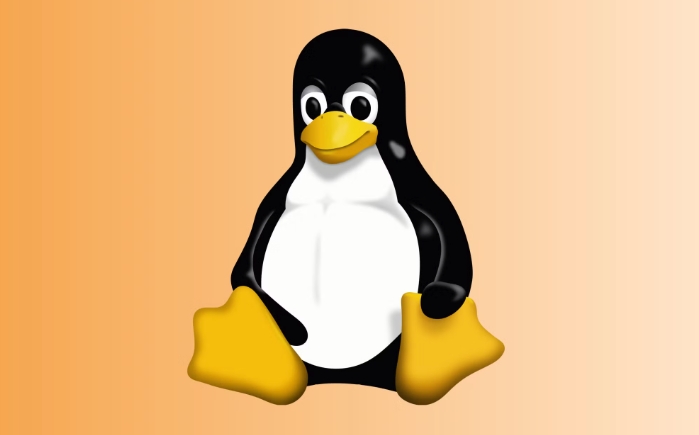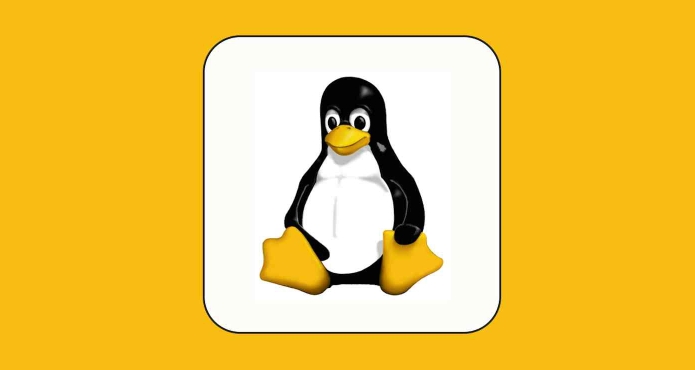The key to installing a dual system is to correctly partition and set up boot. Prepare Linux to install USB disk and back up data; use the Windows disk management tool to compress the volume to make room for Linux; select coexist with Windows or manually partition during installation, mount point/at least 20GB and boot to the hard disk correctly; after restarting, select the system through the GRUB menu, if there is any problem, you can use the repair tool to adjust it.

Installing a dual system is actually not that difficult, the key is not to make mistakes in partitioning and booting. If you are already using Windows and want to try Linux but don't want to give up the original system, then this article will help you.

Get ready for installation media and backup data
Before you start, make sure you have a Linux installation USB drive (such as common distributions like Ubuntu and Fedora), which can be made with Rufus or Ventoy.
More importantly, back up important data first . Many people think that there will be no problem with the partition, but once the operation error or the power is unexpectedly outage, the files in Windows may be gone. Especially if the laptop battery is not reliable, it is recommended to plug in the power supply to operate.

Allocate space to Linux (don't make a mistake)
The disk management tool that comes with Windows is enough. Open "This computer", right-click and select "Manage", and then enter "Disk Management". Find a partition with enough space (such as D disk or E disk), right-click to compress the volume, and free up dozens of GB for Linux. Remember: don't format the original partition , just make a vacant piece of land.
A common misunderstanding is to create a new partition directly, but it is not necessary. The Linux installer automatically identifies unallocated space and lets you install the system there. You just need to make sure the space you freed is "unallocated".

Pay attention to startup mode and boot settings when installing Linux
After plugging in the USB flash drive and restart, enter the BIOS settings to boot from the USB flash drive (usually F2, F12, or Del keys). After entering the Linux installation interface, select "Coexist with Windows" or manually partition.
If you choose manual partitioning, remember:
- Mounting point
/at least 20GB - The swap partition can be set to about twice the memory size (but now many distributions use swapfile)
- Install the boot program on the hard drive instead of the USB drive
This step is easy to make mistakes, especially when using multiple hard drives. If the boot is installed incorrectly, the startup may directly enter Windows and the Linux boot item cannot be seen.
Don’t panic when you start the computer, GRUB can usually be done
After the installation is completed, it will enter the GRUB menu under normal circumstances, allowing you to choose whether to enter Windows or Linux. Don't be nervous when you see this menu for the first time, just select the up and down buttons.
Occasionally, you can try directly into Windows.
- Repair GRUB with Linux system (many online tutorials)
- Or run the command prompt as an administrator in Windows and enter
bcdedit /set {bootmgr} path \EFI\ubuntu\shimx64.efi
Of course, you can also use the grub-customizer tool to adjust the menu order and default startup items later.
Basically that's it. As long as the partition is correct and the boot is fine, the dual system is very stable. Many people are afraid of trouble because they don’t understand the process at the beginning. In fact, they are not complicated but are easy to ignore details.
The above is the detailed content of How to dual boot windows and linux. For more information, please follow other related articles on the PHP Chinese website!

Hot AI Tools

Undress AI Tool
Undress images for free

Undresser.AI Undress
AI-powered app for creating realistic nude photos

AI Clothes Remover
Online AI tool for removing clothes from photos.

Clothoff.io
AI clothes remover

Video Face Swap
Swap faces in any video effortlessly with our completely free AI face swap tool!

Hot Article

Hot Tools

Notepad++7.3.1
Easy-to-use and free code editor

SublimeText3 Chinese version
Chinese version, very easy to use

Zend Studio 13.0.1
Powerful PHP integrated development environment

Dreamweaver CS6
Visual web development tools

SublimeText3 Mac version
God-level code editing software (SublimeText3)
 How to troubleshoot DNS issues on a Linux machine?
Jul 07, 2025 am 12:35 AM
How to troubleshoot DNS issues on a Linux machine?
Jul 07, 2025 am 12:35 AM
When encountering DNS problems, first check the /etc/resolv.conf file to see if the correct nameserver is configured; secondly, you can manually add public DNS such as 8.8.8.8 for testing; then use nslookup and dig commands to verify whether DNS resolution is normal. If these tools are not installed, you can first install the dnsutils or bind-utils package; then check the systemd-resolved service status and configuration file /etc/systemd/resolved.conf, and set DNS and FallbackDNS as needed and restart the service; finally check the network interface status and firewall rules, confirm that port 53 is not
 Install Guacamole for Remote Linux/Windows Access in Ubuntu
Jul 08, 2025 am 09:58 AM
Install Guacamole for Remote Linux/Windows Access in Ubuntu
Jul 08, 2025 am 09:58 AM
As a system administrator, you may find yourself (today or in the future) working in an environment where Windows and Linux coexist. It is no secret that some big companies prefer (or have to) run some of their production services in Windows boxes an
 How to Install NodeJS 14 / 16 & NPM on Rocky Linux 8
Jul 13, 2025 am 09:09 AM
How to Install NodeJS 14 / 16 & NPM on Rocky Linux 8
Jul 13, 2025 am 09:09 AM
Built on Chrome’s V8 engine, Node.JS is an open-source, event-driven JavaScript runtime environment crafted for building scalable applications and backend APIs. NodeJS is known for being lightweight and efficient due to its non-blocking I/O model and
 How to find my private and public IP address in Linux?
Jul 09, 2025 am 12:37 AM
How to find my private and public IP address in Linux?
Jul 09, 2025 am 12:37 AM
In Linux systems, 1. Use ipa or hostname-I command to view private IP; 2. Use curlifconfig.me or curlipinfo.io/ip to obtain public IP; 3. The desktop version can view private IP through system settings, and the browser can access specific websites to view public IP; 4. Common commands can be set as aliases for quick call. These methods are simple and practical, suitable for IP viewing needs in different scenarios.
 System requirements to install linux
Jul 20, 2025 am 03:49 AM
System requirements to install linux
Jul 20, 2025 am 03:49 AM
Linuxcanrunonmodesthardwarewithspecificminimumrequirements.A1GHzprocessor(x86orx86_64)isneeded,withadual-coreCPUrecommended.RAMshouldbeatleast512MBforcommand-lineuseor2GBfordesktopenvironments.Diskspacerequiresaminimumof5–10GB,though25GBisbetterforad
 How to Install MySQL 8.0 on Rocky Linux and AlmaLinux
Jul 12, 2025 am 09:21 AM
How to Install MySQL 8.0 on Rocky Linux and AlmaLinux
Jul 12, 2025 am 09:21 AM
Written in C, MySQL is an open-source, cross-platform, and one of the most widely used Relational Database Management Systems (RDMS). It’s an integral part of the LAMP stack and is a popular database management system in web hosting, data analytics,
 Ubuntu 25.04 'Plucky Puffin”: A Bold Leap Forward with GNOME 48 and HDR Brilliance
Jul 12, 2025 am 09:28 AM
Ubuntu 25.04 'Plucky Puffin”: A Bold Leap Forward with GNOME 48 and HDR Brilliance
Jul 12, 2025 am 09:28 AM
Ubuntu has long stood as a bastion of accessibility, polish, and power in the Linux ecosystem. With the arrival of Ubuntu 25.04, codenamed “Plucky Puffin”, Canonical has once again demonstrated its commitment to delivering a
 How to Install MongoDB on Rocky Linux and AlmaLinux
Jul 12, 2025 am 09:29 AM
How to Install MongoDB on Rocky Linux and AlmaLinux
Jul 12, 2025 am 09:29 AM
MongoDB is a high-performance, highly scalable document-oriented NoSQL database built to manage heavy traffic and vast amounts of data. Unlike traditional SQL databases that store data in rows and columns within tables, MongoDB structures data in a J






